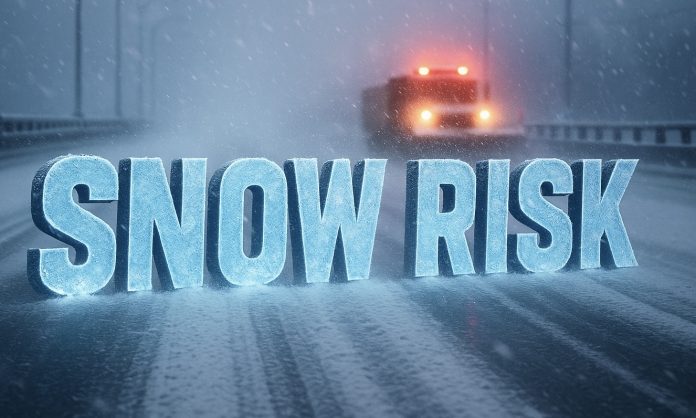Lake Placid, NY – The Adirondack region may face a colder and more wintry pattern during the Thanksgiving travel window, as new long-range federal outlooks show a 33–40% chance of above-normal precipitation from November 23 through November 29. With temperatures turning sharply colder across northern New York, the area holds one of the strongest early-season snow signals in the Northeast for the holiday period.
According to the Climate Prediction Center’s 8–14 Day Outlook, the Adirondacks sit squarely within a zone where repeated disturbances may tap into cold Canadian air. This setup favors accumulating snow in higher elevations and a rain–snow mix in the valleys, especially during overnight and early-morning hours.
In high-elevation communities—including Lake Placid, Saranac Lake, Tupper Lake, Old Forge, and the High Peaks region—temperatures will likely run cold enough for primarily snow, particularly mid to late week. Mountain passes along NY-73, NY-86, and Route 30 may see slick or snow-covered conditions during and after each system.
Along the eastern Adirondack corridor, including Plattsburgh, Peru, Westport, and the Lake Champlain shoreline, precipitation type may vary more. Daytime hours favor cold rain, but nighttime cooling could flip precipitation to wet snow, especially if storm centers track south of the region.
The southern Adirondacks, including Lake George, Warrensburg, and Johnsburg, also face mixed precipitation potential at lower elevations, with accumulating snow more likely above 1,500 feet.
Behind each system, northwest winds may trigger lake-enhanced snow showers, especially across the western slopes of the Adirondacks and communities downwind of Lake Ontario.
Holiday travel may be impacted on I-87 (the Northway), NY-28, NY-30, and mountain routes where snow and slush can reduce visibility and traction. Even light accumulations can create hazardous travel during peak Thanksgiving departure and return periods.
Forecasters expect clearer timing and precipitation-type details early next week as short-range models begin isolating individual systems approaching the Northeast.





